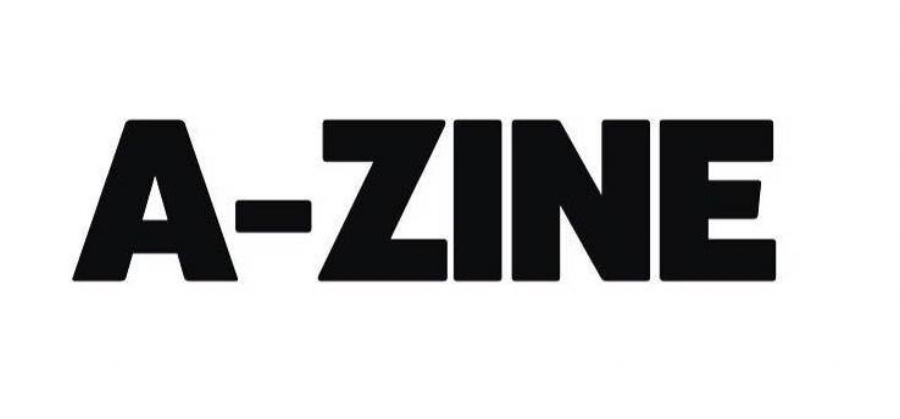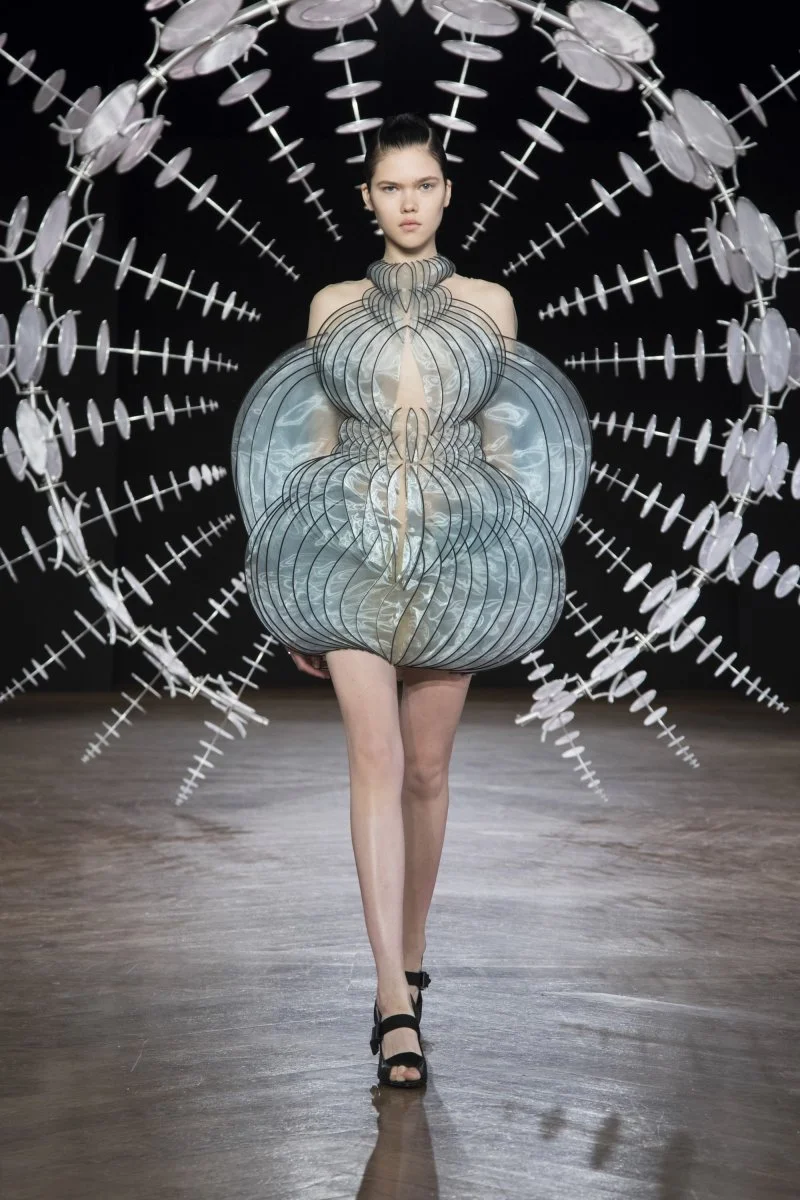How Haute Couture is Surprisingly Sustainable
By Ruby Staley
Who would’ve thought?
Haute Couture has made a name for itself in producing the industry’s most outlandish looks. Now, the most enigmatic corner of the fashion is leaning towards a more environmentally conscious approach.
While Haute Couture appears to be wasteful because of its extravagance and unwearable nature, it’s this same feature that sets it apart from the waste of ready-to-wear. Pieces are created for specific shows or people, rather than being produced in large quantities in hopes of being purchased.
Couture naturally strays from time and context specific trends - rather, favouring timeless beauty and innovation.
The literal antithesis of mass produced, fast fashion - couture pieces are one offs. They are pieces of art.
Further setting themselves apart from traditional fashion, haute couture shows only run twice a year rather than six times. This allows for meticulous design and tedious construction to create beautiful, detailed collections - rather than pumping out sub-par, poor quality pieces for the sake of a profit.
Couture designers Ronald Van der Kemp and Iris van Herpen are among a group of couturiers driving sustainable change in the fashion industry, by incorporating environmentally conscientious practices into their operations.
Rather than sourcing brand new fabrics for each of his designs, Van de Kemp creates his collections using materials that already exist including left overs, off cuts and vintage pieces. Hoping to impact the industry as a whole, Van de Kemp plans to work with larger companies to find solutions to their waste problems by using their “leftovers [to] produce clothes” rather than burning it or throwing it away. “I think we should [all] slow down instead of producing so many clothes,” says Van de Kemp to Vogue.
Images via Iris van Herpen from the brand’s most recent Haute Couture show, Hypnosis.
Taking a different approach, van Herpen works with architects and scientists to develop innovative, eco- conscious fabrics from the ground up.
Utilising the “time and space” that couture production offers, van Herpen explains developing sustainable materials does come its challenges. “Some of these materials do not contain any chemicals, for example, but it does mean they have [less] durability,” says van Herpen to Vogue.
For these designers, the possibility for positive change is ever present in their work.
“This is couture; you will not see this in a store next week, but [it’s] the principle behind it. [I have] big hopes that we will be able to change the way we think about materials, and the way we produce,” says van Herpen.


